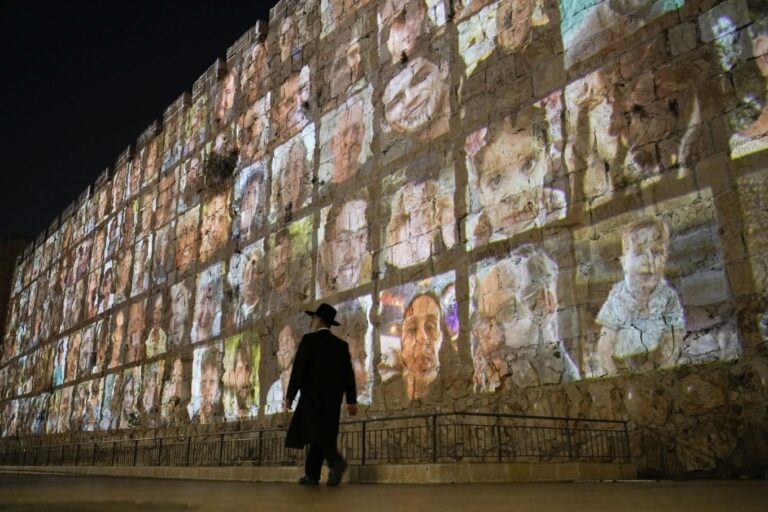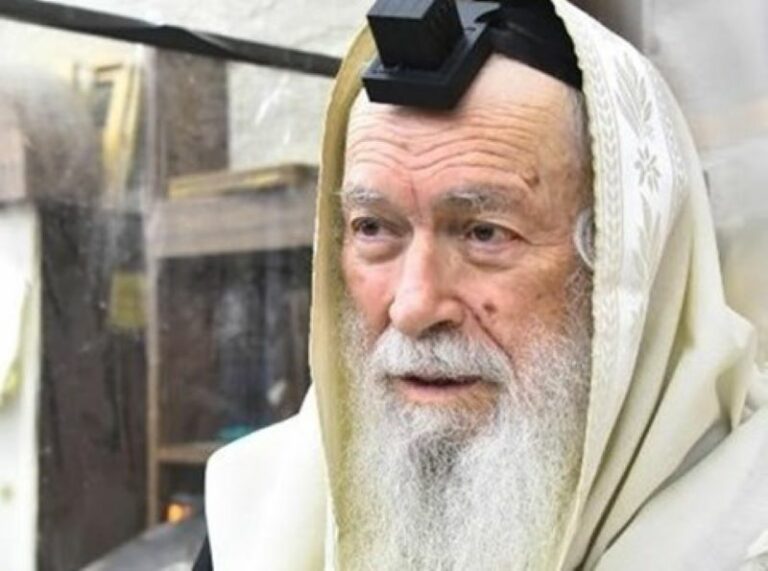 By Rabbi Yair Hoffman for the Five Towns Jewish Times
By Rabbi Yair Hoffman for the Five Towns Jewish Times
New scientific developments always bring up new halachic questions.
Yesterday, a New York Times article revealed that a boy with three genetic parents was born in the United States using a controversial new method that relies on DNA from two women and one man. Since the procedure is not legal in this country, the team of U.S.-based doctors performed the procedure in Mexico.
The couple was a Jordanian couple, who underwent the procedure in order to prevent their child from developing a fatal disease carried by his mother.
The child’s mother carries the genes for Leigh Syndrome, a disease that affects the cells’ mitochondria. Previously the couple had four miscarriages.
Dr. John Zhang and a team from New York City’s New Hope Fertility performed the procedure in Mexico, where “there are no rules,” Zhang said.
The procedure created a new egg that took the nucleus from the Jordanian mother’s egg with the disease-free mitochondrial DNA from a donor mother’s egg, by taking the outer nucleus of the donor’s egg – through a process called spindle nuclear transfer. That egg was then fertilized with zera from the father.
A U.S.-based doctor, Jacques Cohen, had previously developed a similar procedure back in the 1990s. However, some of the fetuses from that procedure were missing X chromosomes. The FDA stopped the procedure in 2002.
So the questions are what is the halachic status of this baby, if both of the mothers were Jewish? What if one of the mothers was non-Jewish? Does it make a difference which mother was the non-Jewish one? Does it matter if one of the mothers was married to someone else?
In this particular case, the baby received most of its genetic DNA from the Jordanian mother, and the mitochondrial DNA from the donor mother, via the outer egg. If the Jordanian mother was Jewish would the child be Jewish since, at the end of the day, she had the embryo implanted in her uterus and gave birth to the child?
In the Sefer entited, “Refuah Metzius v’Halacha” (p. 289) the author, Rabbi Mordechai Halperin, cites four possibilities in regard to the halachic status of a child who had a surrogate mother deliver it, but received an egg from a different mother. However, this list may need to be updated to reflect eight halachic possibilities:
• Halachically it is only the birth mother who is the mother
• It is only the donor of the majority genetic DNA material that is the mother
• It is only the donor of the visible outer egg who is the mother
• The child has no halachic mother
• The child has 2 halachic mothers (majority DNA and the birth mother)
• The child has 2 halachic mothers (visible outer egg donor and the birth mother)
• The child has 2 halachic mothers (visible outer egg donor and the majority DNA donor)
• The child has 3 halachic mothers (all of them).
The Nishmas Avrohom Vol. II Even ho’Ezer Siman 2:2 cites Rav Elyashiv zt”l that the birth mother is the halachic mother in such cases and not the donor mother. This is also the view of Rav Eliezer Yehudah Waldenberg, author of the Tzitz Eliezer (Vol. XV #45). However, in recent years, Rav Avrohom Sherman has been disputing that this was, in fact, Rav Elyashiv’s position. He stated that Rav Elyashiv held that it was just the DNA mother.
Rav Moshe Shternbuch, however, in his Teshuvos v’Hanhagos Vol. IV Siman 284 concludes that such a child has no halachic mother.
Why might we consider the visible outer egg donor even though she did not give the majority of the DNA? The egg is the largest human cell that there is – visible even to the naked eye. It is 100 microns wide, similar to a human hair. It could be that we would follow such a view, especially when some aging and disease traits are in fact determined by the mitochondrial DNA.
For a discussion of the various earlier four possibilities see Encyclopaedia Halachtis Refuis Vol. II pages 855-870.
Rav Shlomo Zalman Auerbach remarked that our generation is in need of a Ramban or a Rashba that could answer these deep technological questions, but until then we should treat everything as a doubt.
Since we have no less than eight possibilities here, it is most prudent to act in accordance with the view of Rav Auerbach zt”l. This is a topic that should not be ruled upon by individual Poskim or Rabbonim, but rather the leading geolim of the generation should be consulted. Following Rav Auerbach’s advice, it would mean that any non-Jewish involvement would require geirus out of a safaik. If any one of the parents were to be a married woman, it could perhaps be considered safaik mamzeirus.
May Moshiach come soon and reveal the answers to these questions.
The author can be reached at [email protected]






One Response
actually old shaila bern dealt with in the yu journals